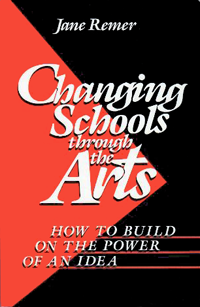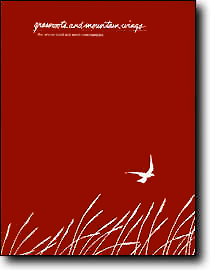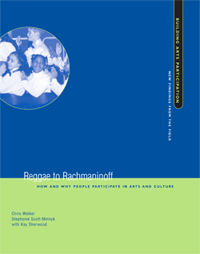Literary arts
2010, 72 pages, The Urban Institute, 2100 M Street NW, Washington, D.C., 20037, (202) 833-7200 http://www.urban.org
Download:
![]() Reggae to Rachmaninoff (397Kb)
Reggae to Rachmaninoff (397Kb)
Arts Wisconsin, the Wisconsin Arts Board, and Americans for the Arts are happy to announce the republication of the landmark 1969 book, The Arts in the Small Community, by Maryo Gard Ewell and Michael F. Warlum. The new guide stays true to its original roots and mission set forth by Wisconsin's community arts pioneer Robert Gard, but has been thoroughly updated to address contemporary examples in the realm of community arts.
Read More...
This book offers insight into how to establish the arts in schools and use them as a vehicle for school renewal at the same time. The author makes a convincing case for the important role of visual arts, music, dance, drama, and architecture in educating our youth.
284 pp, paperback (1990, Americans for the Arts)
Read More...
This timeless resource helps identify and define the philosophical foundations and practice principles of community arts development. It captures and shares the creative and pioneering efforts that drive the movement and provides insight and expertise for people working in rural and small communities.
135pp, paperback (1992, Center for Community and Cultural Studies, Columbia College)
Read More...A Native critique of American life, featuring the best of Indian Country Today's editorials and perspectives since 2000. Contemporary Native thinkers and writers meet the dominant issues in both Indian and non-Indian public life head-on in this unique publication. The book is a must-read for anyone who needs a contemporary view of the major issues affecting tribal communities across the country.
Available from Indian Country Today.
Read More...2007, 114 pages. Urban Institute, 2100 M Street NW, Washington, D.C., 20037, 202-833-7200, www.urban.org
Read More...
